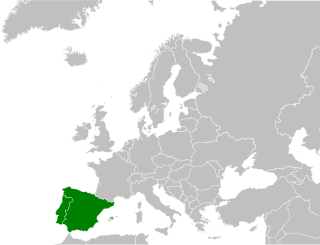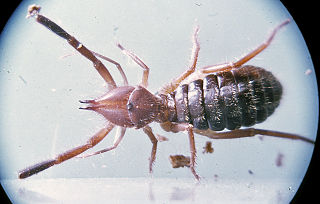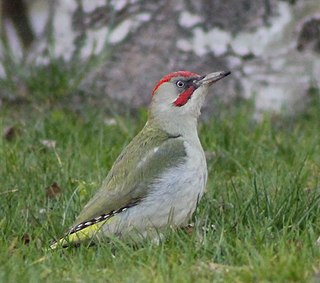 W
WIberian moths represent about 4,454 species. The moths and butterflies together make up the taxonomic order Lepidoptera.
 W
WThere are about 4,454 species of moth in the Iberian Peninsula. The moths and butterflies together make up the taxonomic order Lepidoptera.
 W
WIberian moths represent about 4,454 different types of moths. The moths and butterflies together make up the taxonomic order Lepidoptera.
 W
WIberian moths represent about 4,454 different types of moths. The moths and butterflies together make up the taxonomic order Lepidoptera.
 W
WIberian moths represent about 4,454 different types of moths. The moths and butterflies together make up the taxonomic order Lepidoptera.
 W
WThe Iberian chiffchaff is a species of leaf warbler endemic to Portugal, Spain and North Africa, west of a line stretching roughly from the western Pyrenees via the mountains of central Spain to the Atlantic.
 W
WGluvia dorsalis is the only species of solifugid which lives in Spain and Portugal. It is reported to be a common species on the streets of Madrid.
 W
WGollumjapyx smeagol is a species of dipluran, named after Gollum, a fictional character from J. R. R. Tolkien's legendarium. It was first discovered in caves in the Spanish province of Castellón
 W
WThe horseshoe whip snake is a species of snake in the family Colubridae. The species is native to southwestern Europe and northern Africa.
 W
WDupont's lark is a species of lark in the family Alaudidae of the monotypic genus Chersophilus. It is found in northern Africa and Spain.
 W
WThe Iberian magpie is a bird in the crow family. It is 31–35 cm long and similar in overall shape to the Eurasian magpie but is more slender with proportionately smaller legs and bill. It belongs to the genus Cyanopica.
 W
WMelanargia ines, the Spanish marbled white, is a butterfly species belonging to the family Nymphalidae. It can be found on the Iberian Peninsula and western North Africa.
 W
WMelanargia occitanica, the western marbled white, is a butterfly species belonging to the family Nymphalidae. It can be found in North Africa and south western Europe.
 W
WThe red-necked nightjar is the largest of the nightjars occurring in Europe. It breeds in Iberia and north Africa, and winters in tropical west Africa.
 W
WThe Spanish sparrow or willow sparrow is a passerine bird of the sparrow family Passeridae. It is found in the Mediterranean region and south-west and central Asia. It is very similar to the closely related house sparrow, and the two species show their close relation in a "biological mix-up" of hybridisation in the Mediterranean region, which complicates the taxonomy of this species.
 W
WThe spotless starling is a passerine bird in the starling family, Sturnidae. It is closely related to the common starling, but has a much more restricted range, confined to the Iberian Peninsula, Northwest Africa, southernmost France, and the islands of Sicily, Corsica and Sardinia. It is largely non-migratory.
 W
WThe western olivaceous warbler, also known as isabelline warbler, is a "warbler", formerly placed in the Old World warblers when these were a paraphyletic wastebin taxon. It is now considered a member of the acrocephaline warblers, Acrocephalidae, in the tree warbler genus Iduna. It was formerly regarded as part of a wider "olivaceous warbler" species, but as a result of modern taxonomic developments, this species is now usually considered distinct from the eastern olivaceous warbler, Iduna pallida.
 W
WThe Iberian green woodpecker is a medium-sized woodpecker endemic to the Iberian peninsula. It was formerly considered as a subspecies of the European green woodpecker but differs in having little black on the head and a dusky rather than a black ring around each eye.
 W
WThe Xylocopa iris is a species of carpenter bee.
 W
WXylocopa violacea, the violet carpenter bee, is the common European species of carpenter bee, and one of the largest bees in Europe. It is also native to Asia.
 W
WZizeeria knysna, the dark grass blue or African grass blue, is a species of blue butterfly (Lycaenidae) found in Africa, on Cyprus and the Iberian Peninsula.